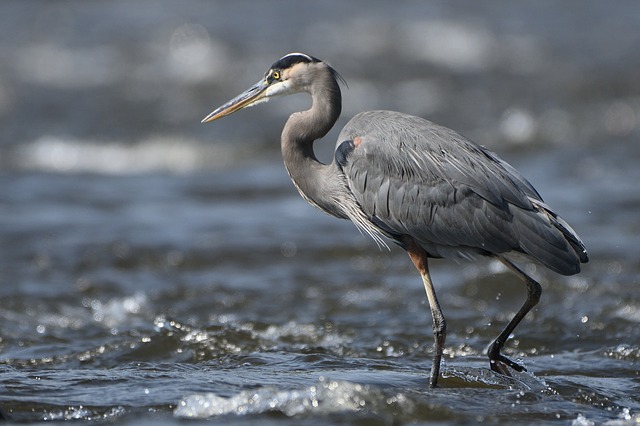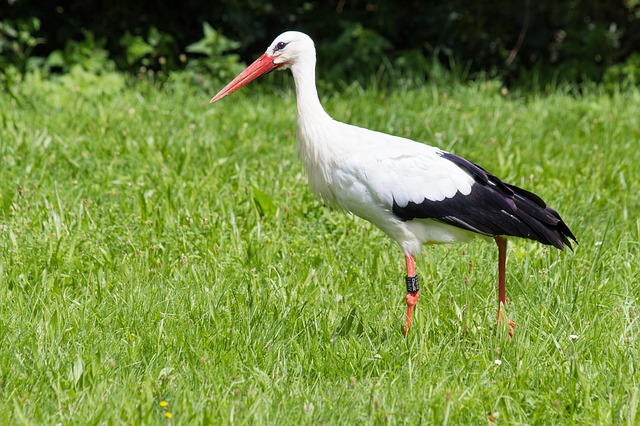
Crows can be quite a nuisance. And one natural way to deter them is by using scents that they dislike. But what smells do crows hate? Read on to find out!
Pest Crows
Crows are often considered to be pests. In agricultural areas, they are well-known for causing crop damage leading to economic losses for farmers. They often raid backyard bird feeders and scare away smaller bird species.
Crows can also be incredibly loud, and leave quite a mess particularly when they gather in large flocks. For these reasons, many people attempt to deter crows especially using natural methods such as scents.
Are Crows Sensitive to Smell?
Birds in general are not known for their ability, to smell. However, crows along with other corvids such as jays and ravens do have a larger olfactory bulb in comparison to most other types of birds. The olfactory bulb is the part of the brain that processes different smells. They also have a higher number of olfactory receptors, the cells responsible for detecting odors.
Crows have been observed to be able to detect the smell of carrion and other food-related items. That being said the research on the ability of crows to smell is limited. In general, crows mainly rely on other senses such as their hearing and vision, both of which are excellent. In fact, a crow’s eyesight is among the best of all birds. And it helps them spot predators, find food, and navigate their environment.
Smells That Crows Hate
Just like crows can be attracted to the smells of certain foods, there are also smells crows hate. And they can be used to repel them. One of the most effective is methyl anthranilate. This is a chemical compound that is commonly used in bird repellents. It is actually also used as a food additive to make grape flavoring.
Methyl anthranilate has the scent of grapes, more specifically concord grapes. And crows along with several other birds considered to be pests hate the smell and taste of it. It is safe for humans, pets, and other wildlife and is often used to deter birds from agricultural crops and plants.
In addition, it is believed that crows hate the smell of garlic and strong-smelling essential oils such as peppermint, citronella, and eucalyptus oil.
How to Use Scents to Repel Crows
If you’d like to repel crows using smells there are several ways to do so. Probably the simplest and most effective is to purchase a bird-repellent spray that contains methyl anthranilate. It’s typically sprayed directly on plants and in areas you want to deter crows and other birds.
And it usually needs to be re-applied every ten days or so, although if there is heavy rain it will need to be sprayed more frequently. Instead of manually spraying, another option are automatic dispensers that use cartridges of methyl anthranilate. These periodically spray the deterrent on their own, only requiring you to replace the cartridge about every sixty days.
Cloves of garlic can be placed around the areas that the crows frequent. However, you’ll need to remember that they rot quickly and will need to be replaced. Garlic oil is another option that you can spray in these areas.
To create a spray using peppermint, citronella, or eucalyptus oils add a few drops of one of the oils to a spray bottle and mix it with water. (Some people like to combine peppermint with eucalyptus.) And then spray it in the areas where the crows are congregating.
An alternative option is to soak cotton balls in the oil and place them where the crows are an issue. Be sure to keep in mind that the scents will fade over time and need to be reapplied. Also while essential oils are natural they need to be diluted, they can be harmful if used in large amounts or ingested.
Other Deterrent Options
If you are using scents to deter crows from an area there are a few more things you’ll want to consider doing. Removing or making inaccessible whatever is drawing them to your property such as sources of food, water, or shelter will be extremely helpful.
And while using smells crows hate to repel them can be effective, combining scent repellents with other methods can increase the chances of success dramatically. Visual deterrents such as dead crow decoys and reflective tape along with noise deterrents like windchimes or even bird cannons can help to keep the crows away.
Start Shopping for Crow Deterrents!
Goose Pictures
Geese are a group of waterfowl species that belong to the family Anatidae. Not only are they beautiful but there are many interesting things about them. We’ve compiled some of the best goose pictures to show you just how amazing these creatures are. Snow Goose The...
Raccoon Pictures
Raccoons are easily recognizable by their black face mask and ringed tail. And there are many fascinating things about this intelligent nocturnal species. So we’ve compiled some of the best raccoon pictures to show you just how amazing and unique they are. Raccoon...
Eagle Pictures
Eagles are large powerful raptors with sharp talons and beaks. These apex predators are typically at top of the food chain and there are many interesting things about them. So we’ve compiled some of the best eagle pictures to show you just how amazing they are. Bald...
Nutria Pictures
Nutria are large semi-aquatic rodents from South America. In the United States where they were originally imported for the fur industry, they are an invasive species. Despite their pest status, there are many interesting things about them. So here are some of the best...
Stork Pictures
Storks are tall wading birds with long legs and necks. These amazing birds have many fascinating things about them. And we’ve compiled some of the top stork pictures to help show you just how interesting and beautiful they are. White Stork The white stork has a body...
Alligator Pictures
The American alligator is a large predatory reptile that inhabits the southeastern United States. It’s a fascinating animal with many interesting things about it. And we’ve collected some of the best alligator pictures to help show you just how amazing they are....
How Long Do Great Blue Herons Live?
The life expectancy of birds is known to be closely related to their size. So as the biggest heron species in North America, how long do great blue herons live? The average life expectancy for these large birds is around fifteen years. However, surviving their first...
Where Do Great Blue Herons Live?
The great blue heron is considered to be the most widespread heron in North America. So exactly where do great blue herons live? Here’s what you’ll want to know. Great Blue Heron Range The great blue heron is found throughout most of the North American continent. In...
Where Do Great Blue Herons Nest?
While many of us have seen great blue herons their nesting habits often remain a mystery to most people. That’s because they purposely nest in hard-to-reach places. So where do great blue herons nest? Here’s the answer. A Colony Nester Typically great blue herons nest...
Do Great Blue Herons Migrate?
Do great blue herons migrate? This is something many people wonder about, especially if they’ve seen a heron during the cold winter months. And the answer is both yes and no. Here’s what you’ll want to know. Great Blue Heron Range The great blue heron has a large...
Great Blue Heron Pictures
Few species of birds are as tall, elegant, and attractive as the great blue heron. So we’ve compiled some of the best great blue heron pictures for you to admire and help you to learn more about this amazing bird! Great Blue Heron Head The head of the great blue heron...
What Do Snapping Turtles Eat?
Many people are familiar with the fact that snapping turtles have an incredibly strong bite. They use their strong jaws and sharp beak not just for defense but also for catching food. So what do snapping turtles eat? Here's what you'll want to know. Snapping turtles...
Birds That Look Like Egrets
Egrets are predatory birds that hunt and live in a range of both freshwater and saltwater habitats. These birds are usually white, and have S-shaped necks, long legs, and dagger-like beaks. However, they are often mistaken for several other types of birds that look...
Birds That Look Like Storks
Storks are large wading birds with robust bills and long legs. These tall carnivorous birds are well-known for their wide wingspans and also for building huge nests. However, they are often confused with several other bird types that have a similar appearance. So...
Birds That Look Like Herons
Herons are tall birds with long slender legs and necks. And they often wade in the water when hunting for food. Yet there are several other types of birds that may be mistaken for them. To make things more confusing many of these birds also spend time in the water and...
Great Blue Heron Facts
The great blue heron is named for its size and the grey-blue color on its wings, stomach, and back. This species has many fascinating things about it. So here are the top great blue heron facts. It's The Largest North American Heron The great blue heron is a big bird...
Are There White Herons?
Are there white herons? This is something many people wonder especially after seeing a tall all-white bird. The answer is yes! And here’s a fast introduction to them. A White Color Morph Most people are familiar with the great blue heron, a large predatory and...
Great White Heron Facts
While many people are familiar with the great blue heron, they are often surprised to find out that there’s also a great white heron. There are many things you’ll want to know about this stunning bird. So here are the top great white heron facts. The Great White Heron...
What Animals Eat Herons?
Because of their size and long sharp beaks, it can be hard to imagine that herons have any natural predators. While they do, they definitely don’t have nearly as many predators as most other types of birds. So what animals eat herons? Predators Of Adult Herons For...
What Do Herons Eat?
Great blue herons are often seen slowly wading in shallow water hunting for food. You may have even spotted one of these large birds in your own backyard pond. This leaves many people wondering: “What do great blue herons eat?” And here’s everything you’ll need to...



















